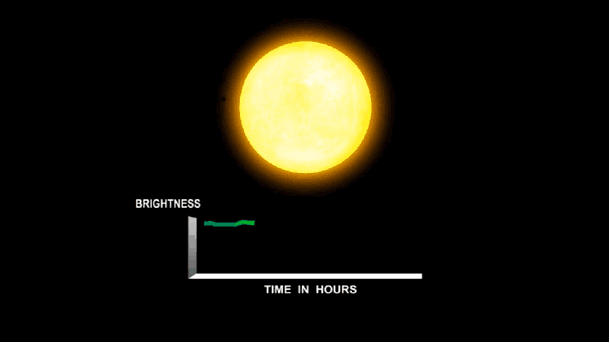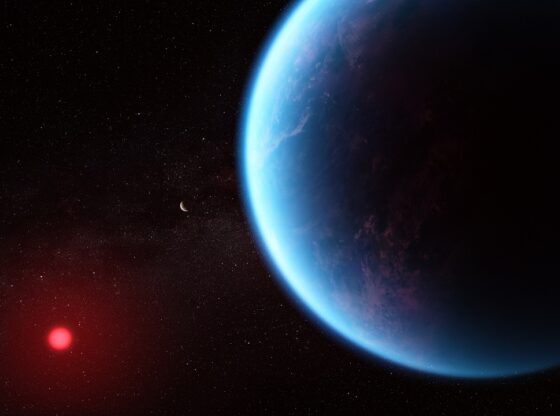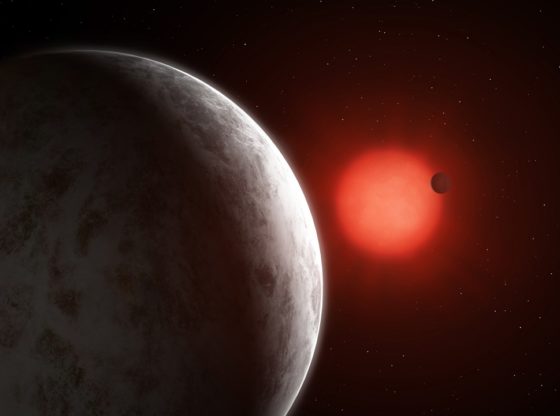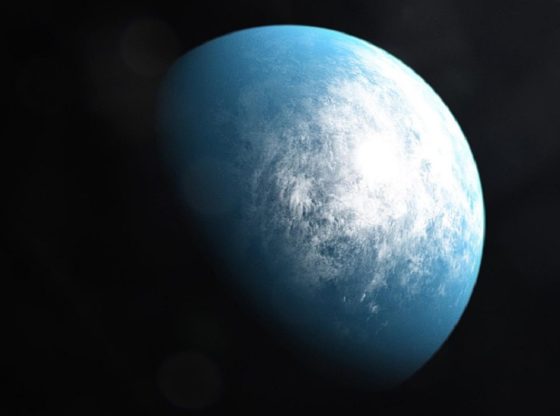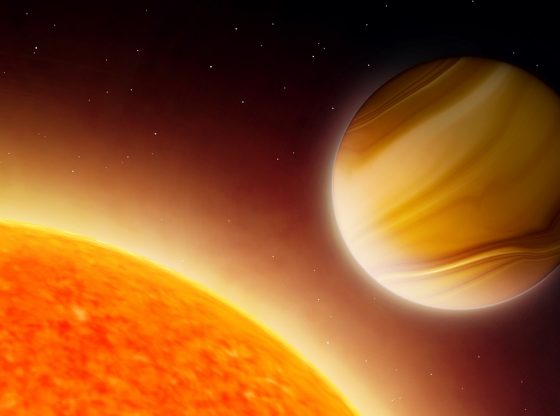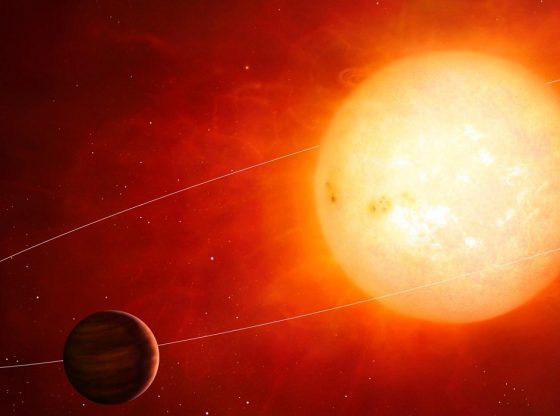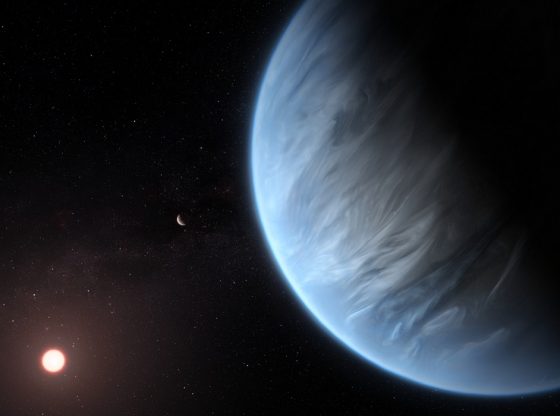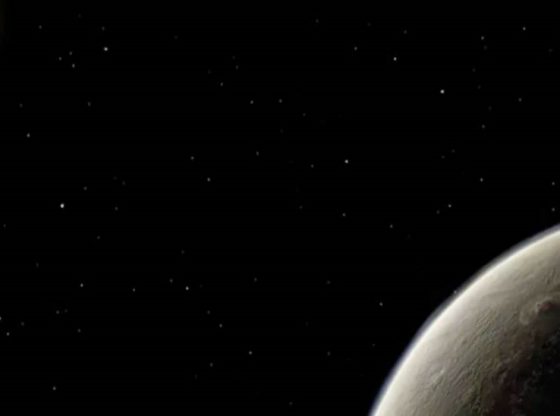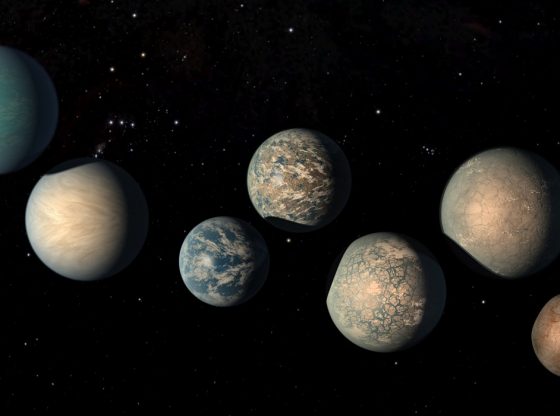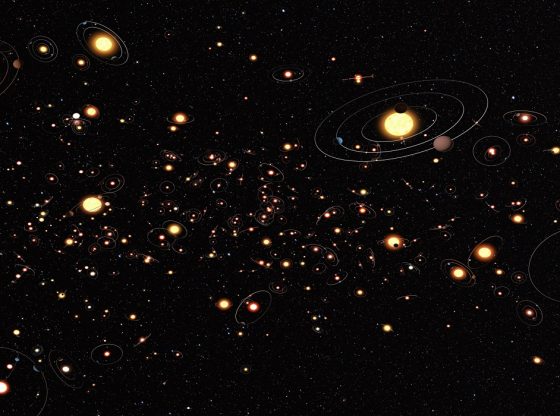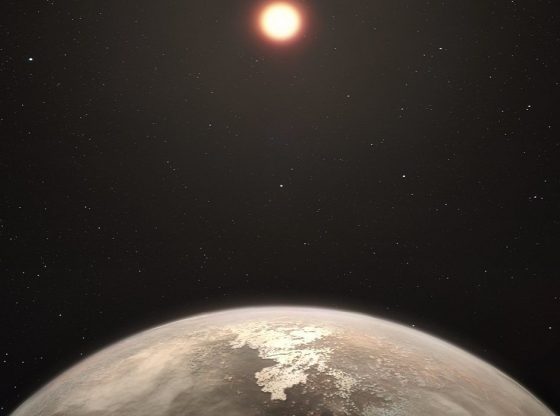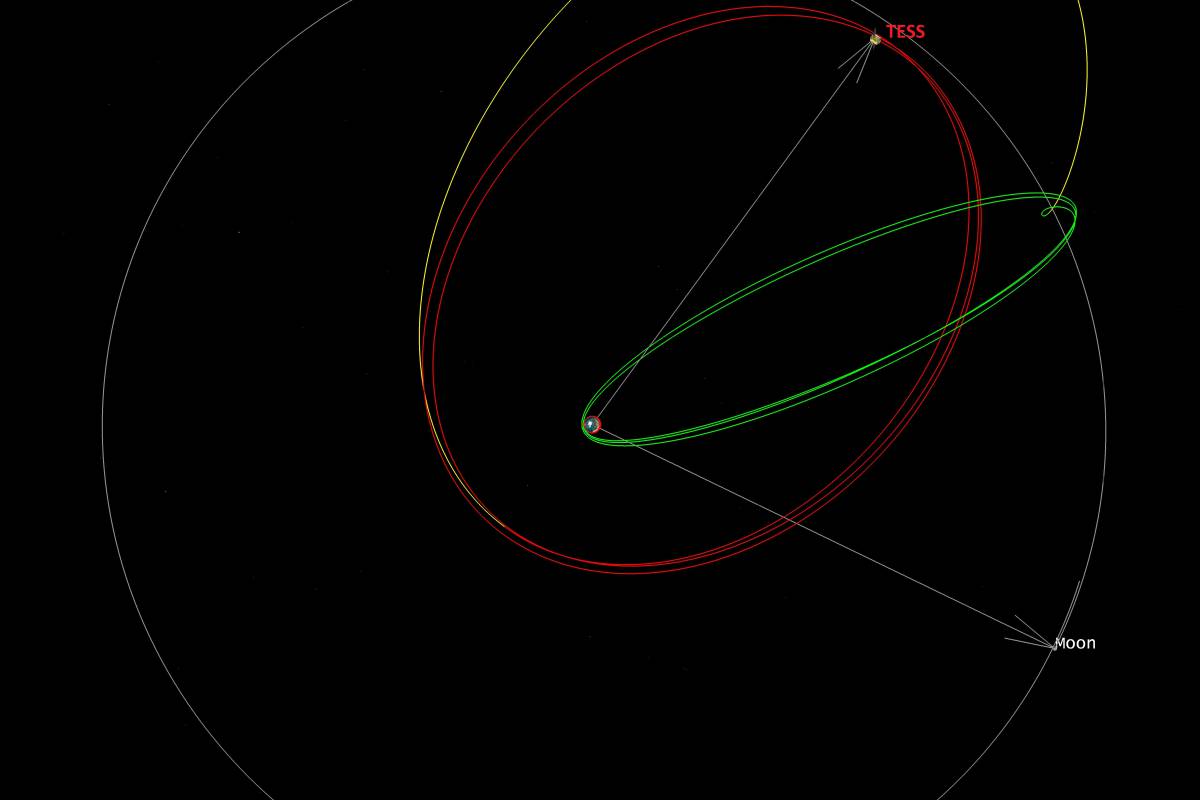
TESS, NASA’s planet-hunting satellite, launched on a SpaceX Falcon 9 rocket from Cape Canaveral, Florida, at 6:51 p.m. ET Wednesday. It had a 30-second launch window. The launch was originally scheduled for Monday, but rescheduled to conduct additional Guidance Navigation and Control analysis, the agency said.
The space telescope TESS (Transiting Exoplanet Survey Satellite) will look for exoplanets and represents a whole new chapter in the hunt for extra-solar planets.
TESS will use its fuel to reach orbit around the Earth, with a gravity assist from the moon, it will then drop its solar-wings and begin its mission.
“TESS is equipped with four very sensitive cameras that will be able to monitor nearly the entire sky,”
“That is about 20 times what the Kepler mission was able to detect.”
– George Ricker, NASA’s TESS principal investigator at the Massachusetts Institute of Technology (MIT).
“Kepler, the first planet-hunting mission of its kind, “was launched to answer one single question: How common is a planet like Earth around a star like the Sun?”
– Patricia “Padi” Boyd, director of the TESS guest investigator program at NASA’s Goddard Spaceflight Center.
“It was designed to look at 150,000 stars in a fairly wide field of view without blinking, for four years,”
“One of the many amazing things that Kepler told us is that planets are everywhere and there are all kinds of planets out there.
“So TESS takes the next step. If planets are everywhere, then it is time for us to find the planets that are closest to us orbiting bright nearby stars, because these will be the touchstone system.”
The TESS will use the same method as the Kepler Space Telescope when searching for exoplanets, the transit method. When a planet in orbit crosses in front of the host star, the brightness of the star will decrease drastically. If the brightness decreases repeatedly with the same intensity in a fixed range, it is probably due to an orbiting planet.
The astronomers are interested in studying exoplanet’s atmospheres and signs of conditions that may be beneficial to life. TESS will therefore primarily look for exoplanets that orbit red dwarf stars since they make up 3/4 of all stars in the universe and red dwarfs are the most long-lived type of star.
They merge hydrogen at a much slower pace than our sun, for example, burning at “only” about 3,500 degrees Kelvin. In comparison, the Sun’s surface temperature is approximately 5,800 K.
Red dwarves can live for billions of years and it increases the likelihood that life may have occurred. Although, planets in the habitable zone of a red dwarf would be so close to the parent star that they would likely be tidally locked (as is the case with the Trappist-1 planets).
This would mean that one side would be in perpetual daylight and the other in eternal night. This would result in enormous temperature variations from one side of the planet to the other. But there are also theories that propose that either a thick atmosphere or planetary ocean could potentially circulate heat around such a planet.
The space telescope Kepler has found more than 2,600 confirmed exoplanets, so far. Most exoplanets are Jupiter sized but 30 of them are smaller than twice the size of Earth and located within the so-called habitable zone.
But while Kepler has been aiming for a rather narrow sector of space, it looked for planets up to 3,000 light years away, the TESS has a wider field of view. The stars TESS monitors will be 30-100 times brighter than those observed by Kepler, making follow-up observations much easier.
The TESS will collaborate with ever more capable ground telescopes on Earth and the future James Webb telescope, to reveal what the exoplanets and their atmosphere consist of.
Researchers expect the telescope to find approximately 2,000 new exoplanets near the Earth, about 500 of these planets are expected to be similar to Earth’s size, potentially having the right conditions for life.
The first data from TESS is expected to be made public in July, and NASA says citizen astronomers are welcome to help study the planets for signs of possible habitability.

